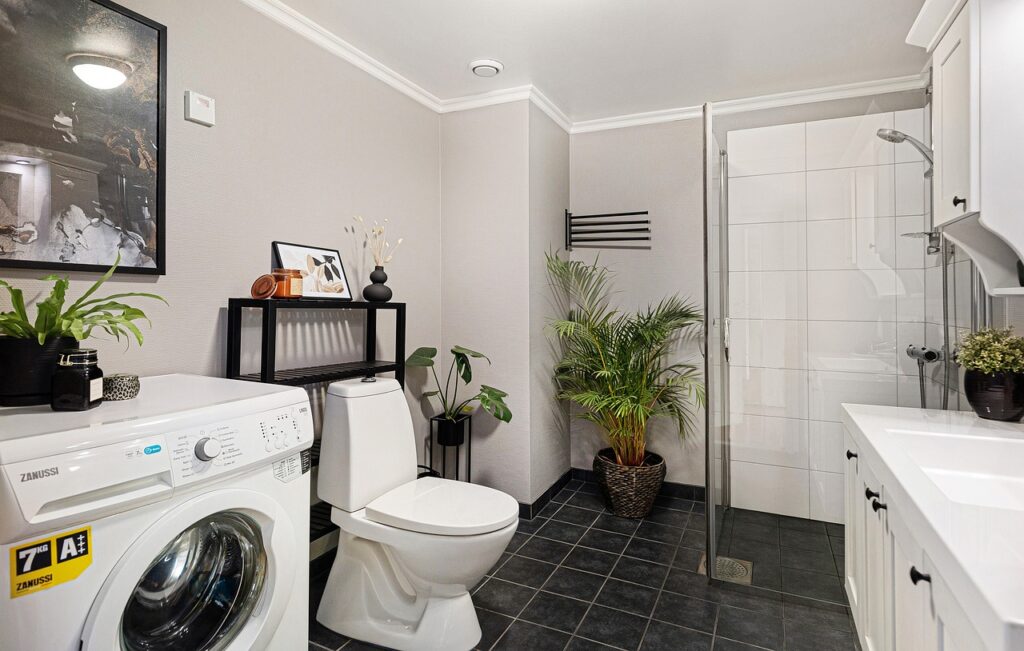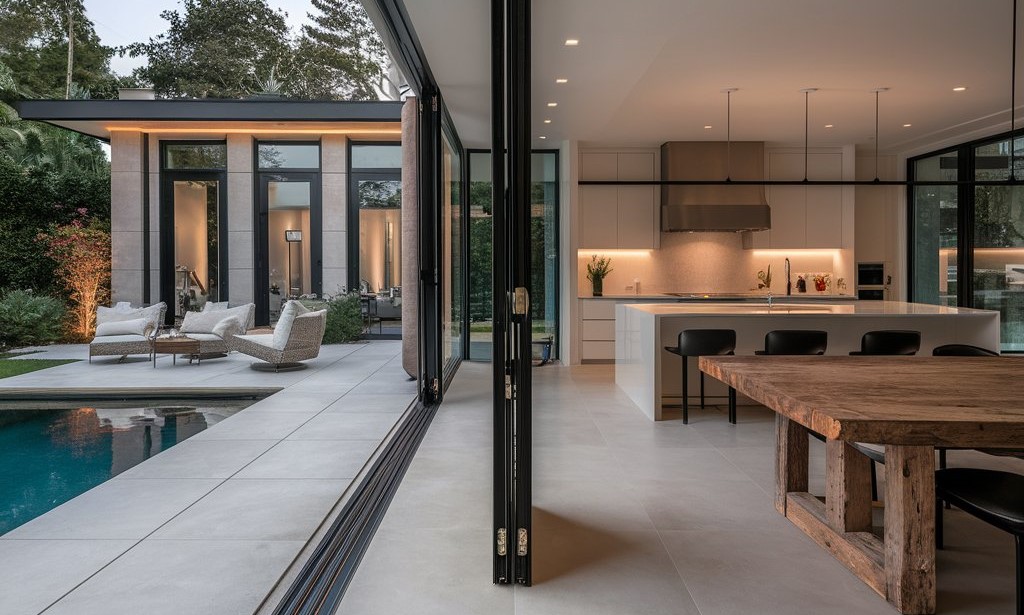The Impact of Single-Toilet Units on Australian Families: Addressing the Challenges

Access to basic amenities, such as toilets, is essential for a comfortable and functional living environment. However, in Australia, many families residing in units or apartments face the challenge of having only one toilet shared among multiple households. This situation can lead to inconvenience, privacy concerns, and difficulties in daily routines. In this blog, we will explore the implications of having a single toilet in units and the potential solutions to alleviate these challenges for Australian families.
- Privacy Concerns and Scheduling Conflicts:
With multiple households sharing a single toilet, maintaining privacy becomes a significant concern. Families often find it challenging to coordinate bathroom usage, especially during peak hours when everyone is getting ready for work or school. Scheduling conflicts can arise, causing delays and frustration. Additionally, privacy concerns may arise when there are guests or extended family members staying in the unit. - Increased Stress and Morning Rush:
Having only one toilet can significantly impact the morning routine, leading to increased stress and rushed mornings. The limited availability of facilities can result in longer waiting times, causing delays and potential tardiness for work or school. This can create a stressful start to the day and impact overall productivity and well-being. - Hygiene and Maintenance:
A single toilet shared by multiple households can pose challenges in terms of hygiene and cleanliness. Increased usage may result in more frequent maintenance requirements and higher chances of wear and tear. Ensuring proper cleanliness and sanitation becomes crucial to maintain a healthy living environment. - Solutions and Strategies:
a. Renovations and Additional Bathrooms: Property owners and developers can consider renovating units to include additional bathrooms or creating shared bathroom facilities on each floor. This would help alleviate the pressure on families and enhance convenience and privacy.
b. Strata Management and Collective Decision-making: Residents can actively engage with strata management committees to address the issue collectively. By raising concerns and proposing solutions, residents can work together to prioritize the addition of extra toilets or renovations to existing units.
c. Community Facilities: In some cases, communal toilet facilities within the apartment complex or unit block can be established to provide an alternative option for families to access additional toilets. This approach requires careful planning and coordination among residents and property managers.
d. Education and Awareness: Promoting responsible bathroom usage and respectful consideration for others can help minimize conflicts and optimize the utilization of the available facilities. Encouraging open communication and understanding among neighbors can foster a cooperative living environment.
The challenge of having only one toilet in units and shared houses can significantly impact the daily lives of Australian families. Privacy concerns, scheduling conflicts, increased stress, and hygiene issues are some of the common difficulties faced in such situations. By exploring solutions such as renovations, strata management involvement, community facilities, and fostering awareness, families and property owners can work towards improving the situation. It is essential to address this issue to ensure that all residents have access to adequate and functional facilities, promoting a comfortable and harmonious living environment for Australian families.






Responses